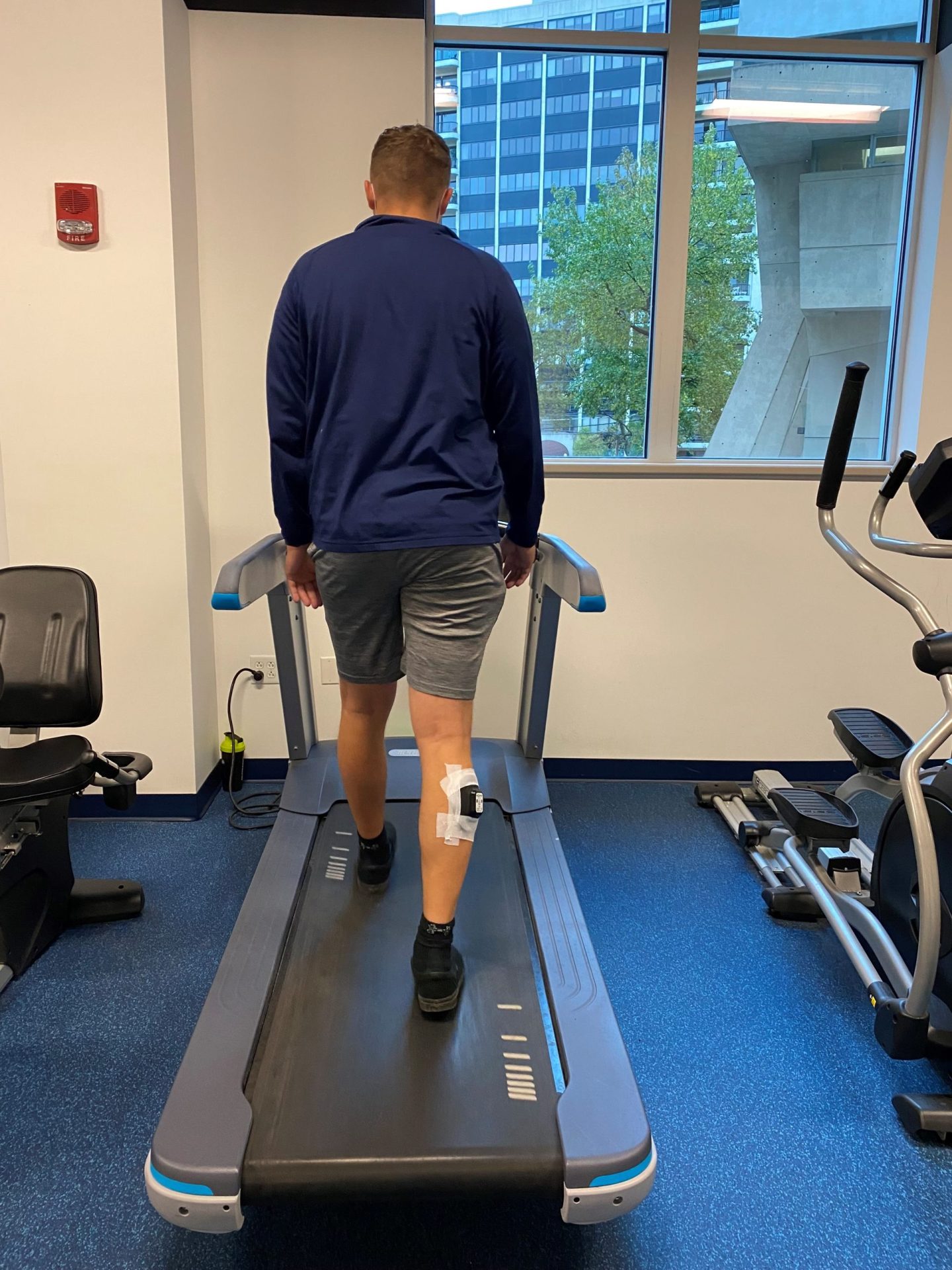
2022

My lab develops multimodal neuroimaging methods including MRI, MEG, EEG, diffuse optical imaging (NIRS) and PET imaging to provide a more complete modality-independent picture of the brain through technology cross-validation, multimodal (statistical) data fusion, and underlying state-space modeling of the cerebral physiology. As part of the core of the MRI research center, we provide support and collaboration to numerous structural and functional MRI studies including the development of real-time fMRI methods and concurrent fMRI-EEG. I am also the imaging core team leader for the University of Pittsburgh’s Human Connectome Project (U01-AG051197; PI Becker) in Alzheimer’s imaging involving MRI, PET, and MEG brain imaging. The specialty of my lab, however, is in diffuse optical spectroscopy and near-infrared spectroscopy (NIRS) methods applied to both unique neuroimaging scenarios (e.g. ambulatory movement, field-deployable, and pediatric brain imaging) and in concurrent multimodal experiments (e.g. NIRS/MEG and NIRS/EEG/fMRI). NIRS is a non-invasive imaging tool that uses light to measure blood properties in the brain or other tissue. Specifically, biological tissue has low optical absorption to red to near-infrared light, which allows light at these wavelengths to be directed non-invasively into tissue where it can travel (diffusely) up to several centimeters. This technique allows imaging of specific chromophore concentrations such as hemoglobin and lipid from sensors placed on the surface of the skin. My lab develops instrumentation and data analysis methods for collecting near-infrared signals for both muscle physiology and brain imaging applications. In the brain, near-infrared light can be used to non-invasively measure about 5-8mm into the cortex of the brain and is used in both clinical monitoring/assessment and functional neuroscience applications. This is a portable and low-cost alternative to methods like fMRI and has been widely adopted in specific applications such as neuroimaging of movement disorders, child psychology, and bedside monitoring where fMRI methods are less applicable. My lab primarily focuses on novel method development (particularly digital signal processing, image reconstruction, and analysis methods) and we collaborate with numerous groups worldwide to apply this technology. In particular, I wrote the open source analysis package used widely by this community (with currently >1,600 registered users) and am a founding board member for the society for functional NIRS.
Research

2022

2020



2018

2015

Join Our Team
Become a graduate student or an undergraduate research assistant in our lab.